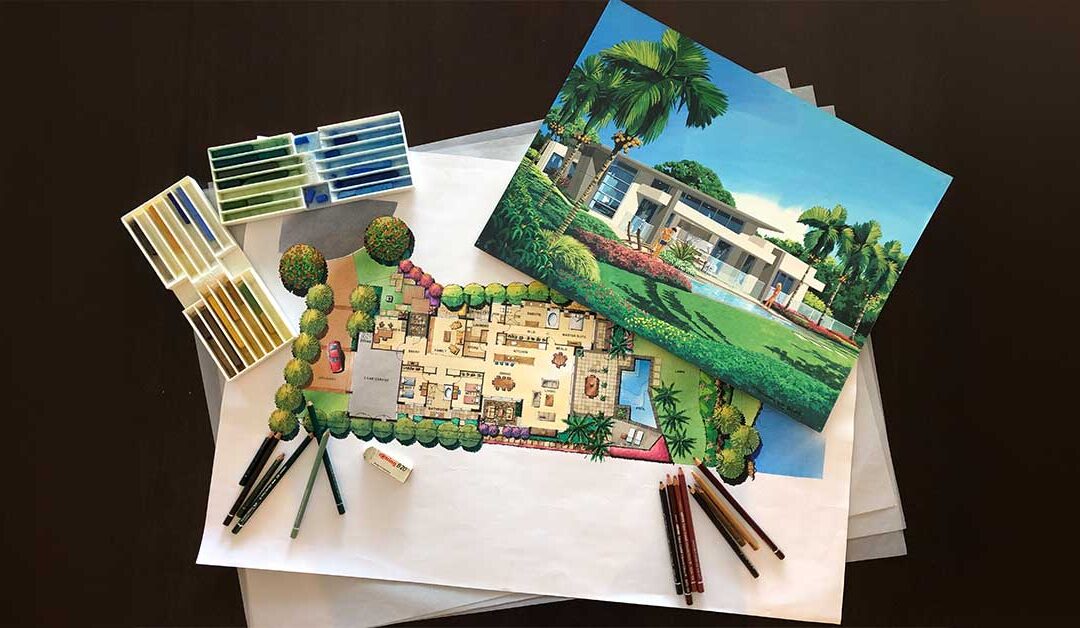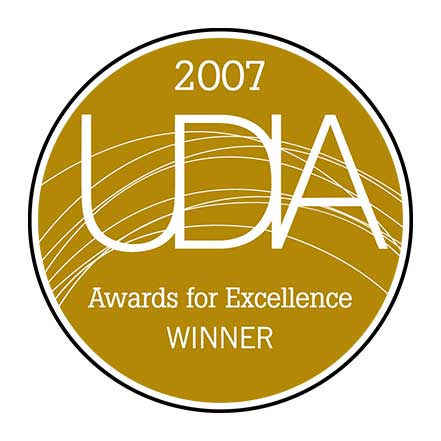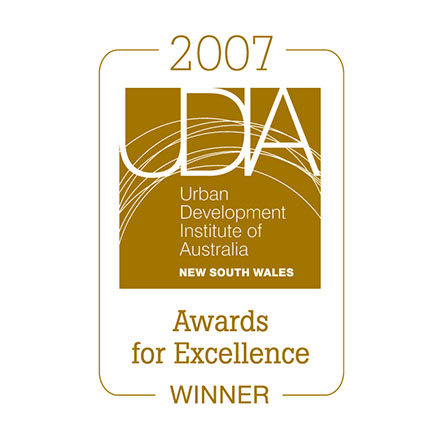The Beauty of Architectural Sketches and Drawings
Architectural sketches and drawings are more than just technical tools—they are the heart and soul of architectural creativity, showcasing the artistic side of a field often associated with precision and functionality. These sketches serve as the first step in the journey of bringing buildings to life, offering a glimpse into the Architect’s mind before a single brick is laid.
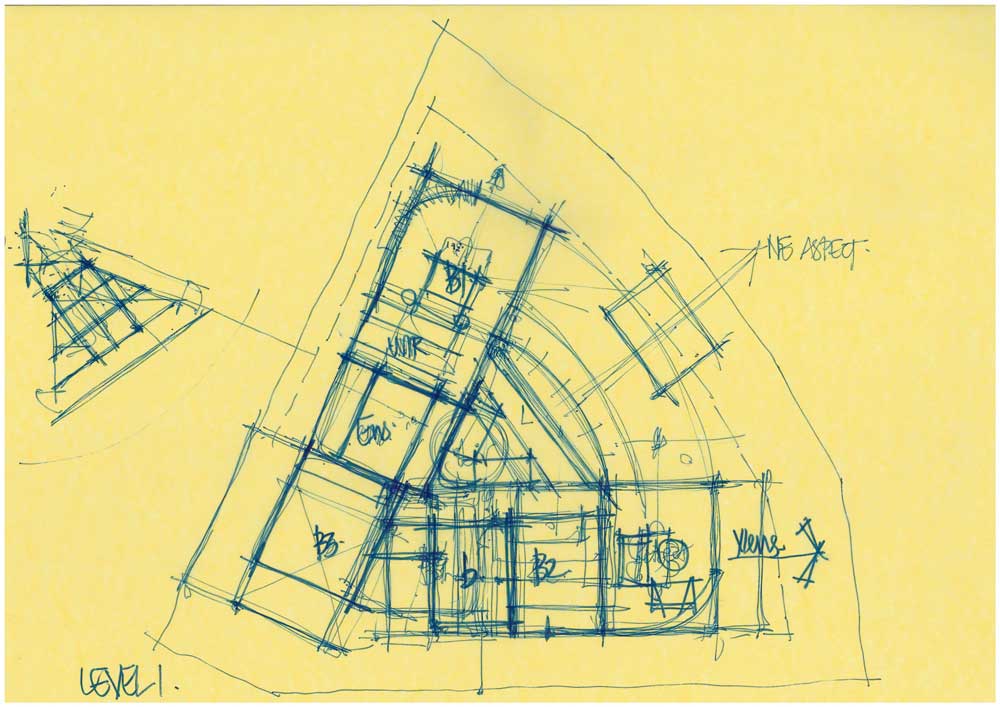
At their core, architectural sketches are the raw expressions of ideas. They are quick, often spontaneous renderings that capture the essence of a design concept. Unlike detailed working drawings, sketches are unpolished, allowing for the fluidity of thought and the exploration of multiple possibilities. These initial drawings can range from abstract shapes to more defined forms, depending on the Architect’s style and the project’s needs.
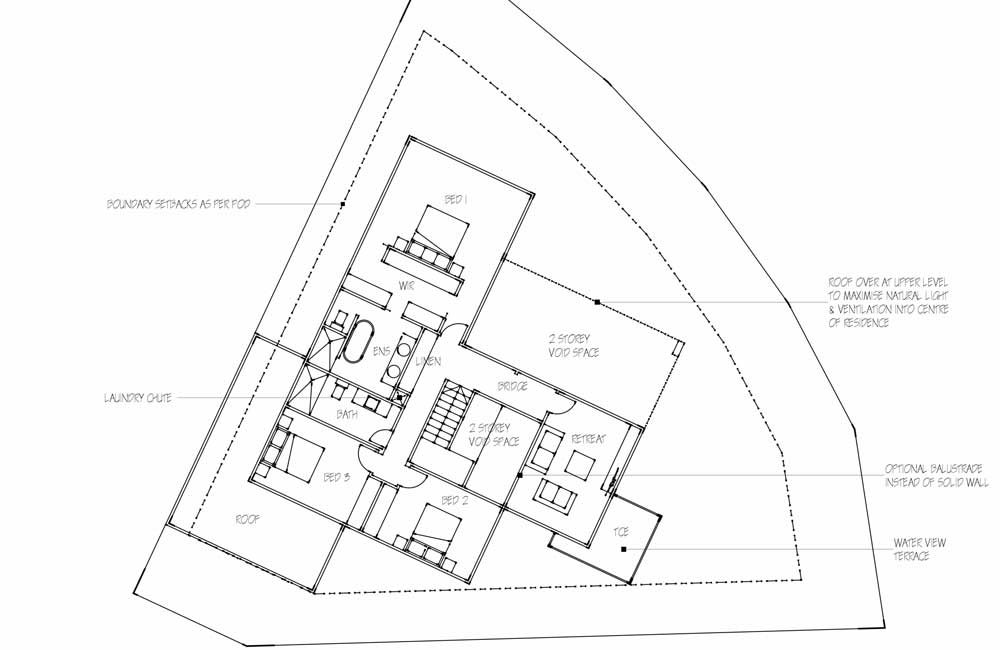
Concept drawings, on the other hand, take these initial ideas a step further. They blend artistic flair with technical considerations, translating the essence of the sketch into something more tangible. These drawings often include details like scale, proportion, and context, giving viewers a clearer understanding of how the design will function in the real world. Yet, they retain a level of artistry that conveys the mood and vision behind the project.
What makes architectural sketches and drawings so captivating is their ability to communicate complex ideas with simplicity and elegance. They bridge the gap between imagination and reality, offering a visual narrative of how a space can evolve from concept to creation. Whether it’s the flowing lines of a pencil sketch or the precise shading of a digital rendering, these artistic expressions highlight the creative process that defines architecture.
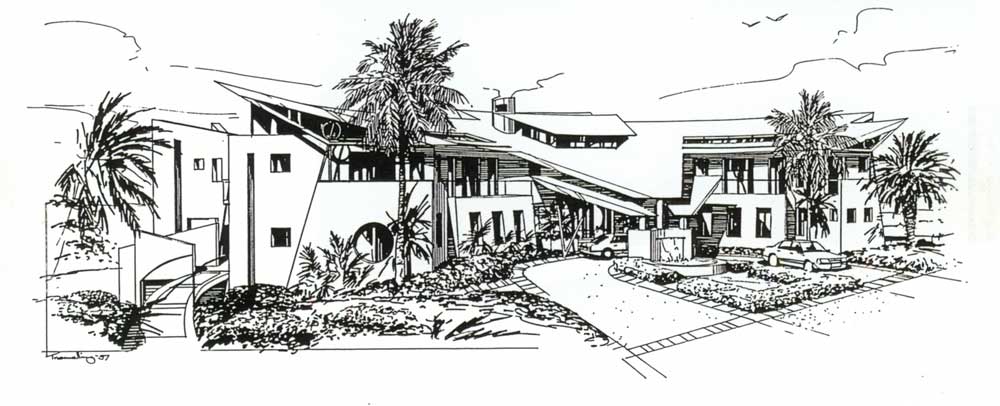
In a world increasingly dominated by digital design tools, the timeless art of architectural sketching remains a powerful way to explore and express ideas, proving that architecture is as much an art as it is a science.
Let’s hope that it doesn’t suffer the same fate as manual drafting.
You might also be interested in...

The Most Popular Home Configurations in Australia in 2024
Discover 2024’s top Australian home configurations: bedrooms, bathrooms, and parking preferences. Explore how changing lifestyles shape popular house configurations nationwide.
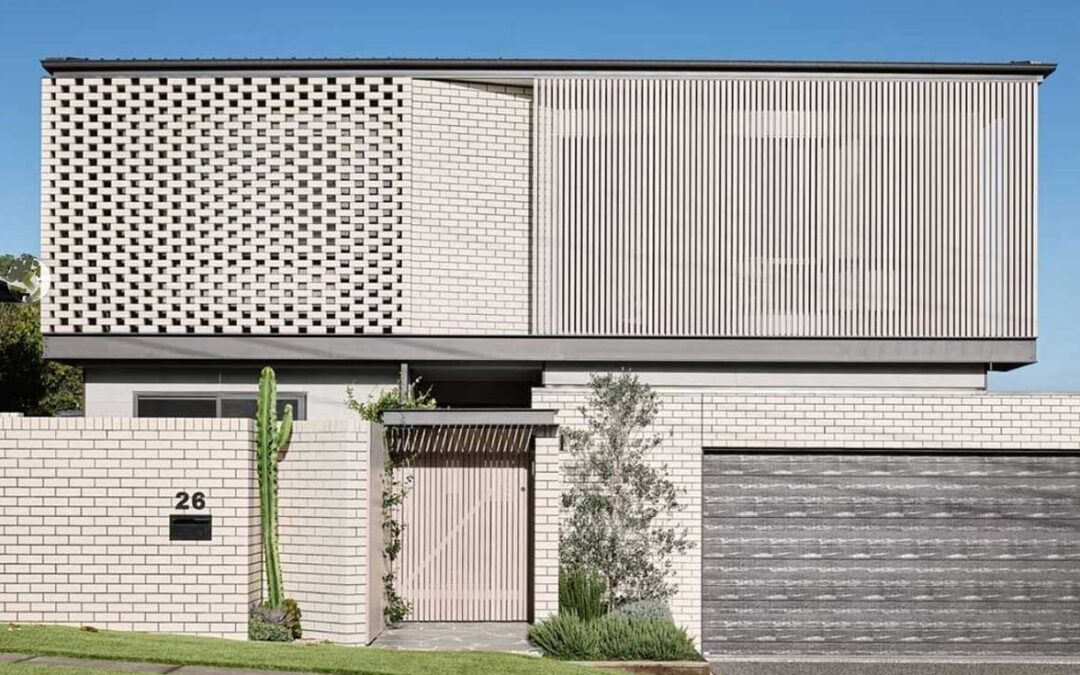
Exploring Contemporary Applications of Brise Soleil
Contemporary applications of Brise Soleil combine functionality, aesthetics, and sustainability, making them a popular choice in various building designs worldwide.

